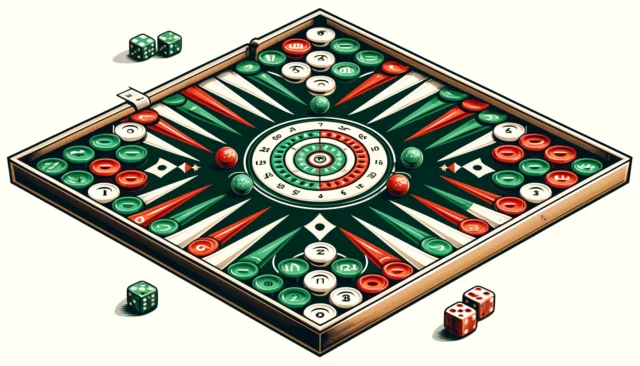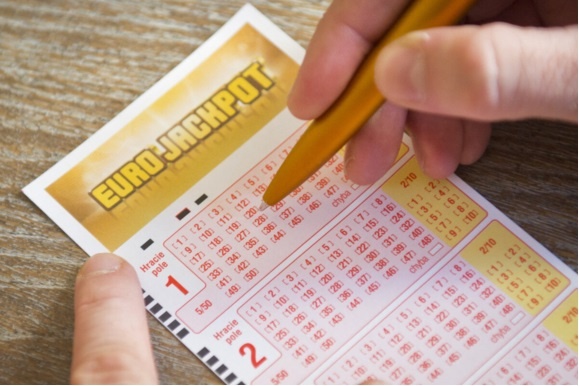Blackjack is a popular casino card game where players try to get a hand worth around 21 without getting shot down. Counting blackjack hands is considered one of the most strategic and controversial ways to increase a player’s chances of winning in a casino. This tactic requires extreme caution, quick thinking and accuracy as the player must constantly monitor the low and high cards dealt. Understanding how this method works and its limitations can be very beneficial to the player.
What is the hand count in blackjack?
The method of counting cards in blackjack is a statistical analysis technique that players use to determine the probability of getting higher cards. This method is based on recording the ratio between high and low cards already played, so that the player can make more informed decisions about their bets or moves.
High cards (10, Jacks, Queens, Popes and Aces) are considered favorable to the player because they increase the chances of hitting blackjack and because they are more likely to force the dealer to “break” (go over 21). Low cards (2-6) are considered more favorable to the dealer, as they help the dealer reach strong hands that can be 17 or more, which are difficult for the player to beat without going over 21.
Blackjack strategies: blackjack hand count
There are several basic cards counting strategies in blackjack, which help players determine when their play favors the deck. These techniques require the player to keep a running count of the cards dealt to adjust their betting decisions accordingly.
The most common method of leaf measurement. In it, cards 2 to 6 have a value of +1, cards 7 to 9 have a value of 0, and cards 10, faces and Aces have a value of -1. The player adds or subtracts based on these values as cards are played, maintaining a “current score”.
Similar to Hi-Lo, but all cards 2 to 7 receive a +1 value. Cards 8 and 9 stay at 0, while high cards (10, faces, Aces) receive -1. KO Strategy does not always return to zero and is therefore considered “unchangeable”.
A more complex system, where cards yield different values. Cards 2, 3 and 7 have a value of +1, 4, 5 and 6 have a value of +2, 9 have a value of -1, and cards 10, faces and Aces have a value of -2. 8s and Aces may have slightly different values depending on the system variant.
In this system, cards 2-6 receive a value of +1, 8 and 9 a value of 0, while 10, faces and Aces receive a value of -1. The feature of this system is that red 7s are positive (+1), while black 7s are left neutral (0), adding a dimension to the score evaluation.
Why does hand counting work in blackjack?
The reason why the card counting method is effective in blackjack is because the odds of winning are affected by the cards already removed from the deck and the remaining cards. For example, if an Ace has appeared in the first round, the chances of a second Ace appearing are significantly reduced. Thus, when the cards remaining in the deck are mostly high value, this favours the player. When the subsequent cards include many tens or Aces, the player has a good chance of forming a hand of 17 or more or even a blackjack. Consequently, the chances of the dealer being “burned” increase. Of course, there is always the chance that the dealer will also accumulate a good hand, but the player wins 3:2 for a clean blackjack, so players who employ this tactic double their bet when they know they will draw high cards.
Conversely, when the remaining cards are mostly low-value cards, the dealer gains an advantage as to the player’s chances of creating a blackjack. Or a strong hand is reduced and the dealer’s chances of not going over 21 when he gets an extra card are increased. This is why card-counting players reduce their bet when the score is negative. It is important to note that card counting is not possible in online casinos, but only in Live Casino.
What do we get from the actual number of sheets?
The basic idea behind this technique is to use the information about the cards already played to make better estimates of the cards remaining in the deck. Listed below are three key benefits of effective card counting:
Through card counting, the player can determine when the deck contains a high proportion of high cards. This allows the amount of the bet to be increased in favorable conditions, increasing the chances of greater winnings.
When the deck appears to be full of low cards, the chances of the player winning are reduced. Card counting helps players recognize these conditions and reduce their bets, limiting losses.
Knowing the composition of the deck helps the player to decide whether to ask for an extra card, stay with the existing cards, or double the bet. This can be critical to the outcome of the game, especially in near-blackjack situations.
In what case does card counting not work?
Card counting does not work in situations where casinos use multiple decks or frequently shuffle cards, making tracking remaining high or low cards ineffective. Furthermore, this method is not applicable in online casinos or on platforms where cards are generated by a random number generator, as there is no specific deck to track. Finally, some casinos have developed technological means to detect and prevent card counting, such as game analysis systems that detect anomalies in betting, resulting in the removal of players suspected of using it.







